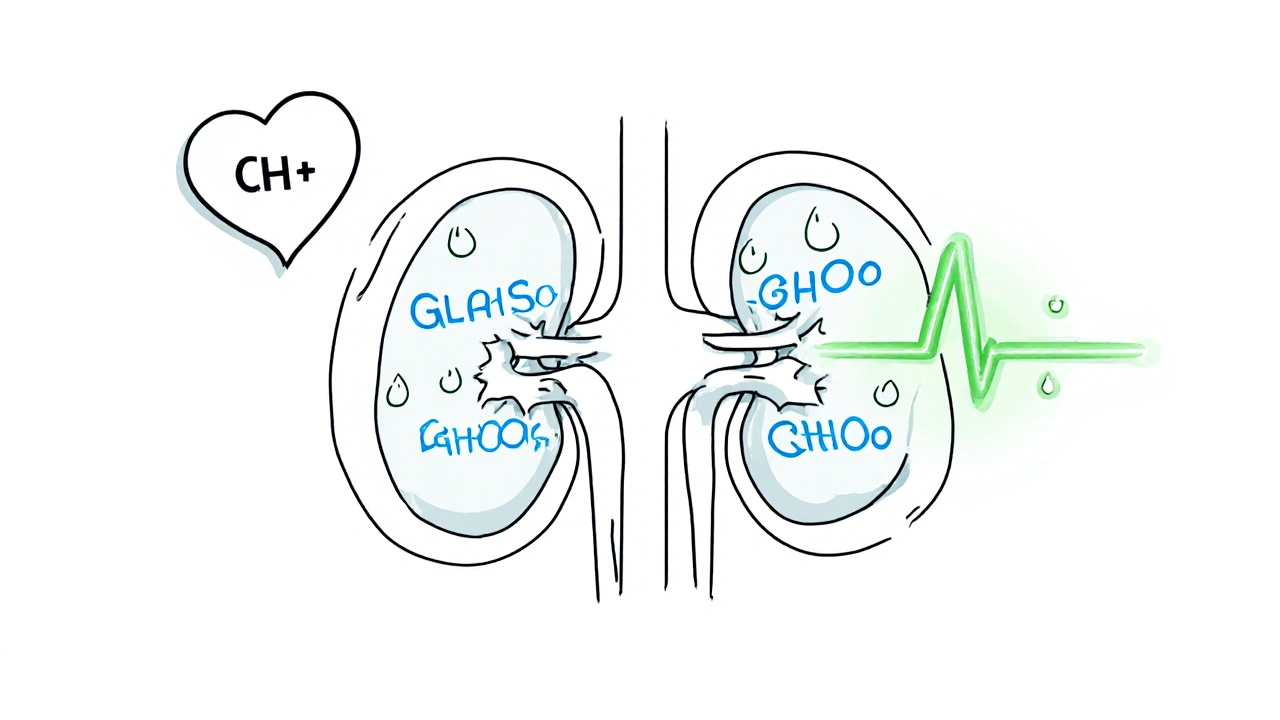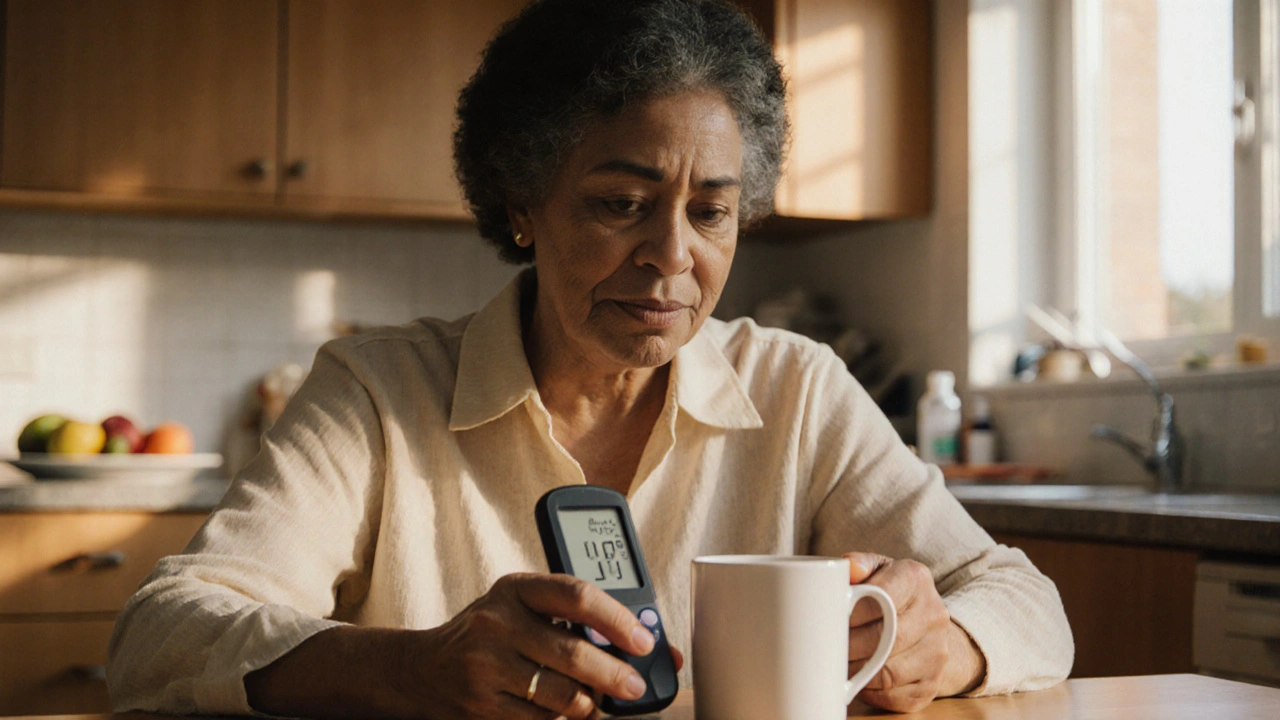Type 2 Diabetes: What You Need to Know Today
Type 2 diabetes isn’t just a lab number – it’s a daily reality for millions of Canadians. If you’ve been told your blood sugar is high or you’re curious about what could happen next, you’re in the right place. This guide breaks down the basics, shows you who’s most likely to develop the condition, and points out the newest ways doctors are trying to stop it before it takes hold.
How Diabetes Develops and Who’s at Risk
At its core, type 2 diabetes means your body can’t use insulin properly. Insulin is the hormone that moves sugar from your blood into cells for energy. When cells stop listening, sugar builds up, leading to fatigue, thirst, and long‑term damage to eyes, kidneys, and nerves.
Risk isn’t random. Age over 45, extra belly fat, a family history of diabetes, and a sedentary lifestyle all stack the odds. Even a modest weight gain of 5‑10 % can push you over the edge. Ethnicity matters too – Indigenous peoples, South Asians, and Black Canadians see higher rates.Watch for the early signs: frequent urination, unexplained weight loss, blurry vision, and a constant feeling of being tired. A simple fasting glucose test can catch the problem before it snowballs.
Latest Treatments and Prevention Tips
Good news: researchers are testing drugs that might keep diabetes from ever starting. One hot candidate is empagliflozin, an SGLT2 inhibitor that helps kidneys dump excess sugar in urine. A recent trial looked at high‑risk folks who took empagliflozin and saw a noticeable drop in new diabetes cases. Our full article “Can Empagliflozin Prevent Type 2 Diabetes in High‑Risk People?” dives into the data and what it could mean for you.
Even without a prescription, lifestyle tweaks work wonders. Aim for 150 minutes of moderate exercise a week – brisk walking, cycling, or dancing count. Swap sugary drinks for water or unsweetened tea, and fill half your plate with non‑starchy veggies. Small, steady changes beat extreme diets every time.
If you already have diabetes, keep your A1C under 7 % if your doctor agrees. Regular check‑ups, blood pressure control, and cholesterol management lower the risk of complications. Talk to your healthcare provider about newer options like GLP‑1 receptor agonists or the SGLT2 class if you need extra help.
Bottom line: knowing your risk, catching high blood sugar early, and staying active are the three pillars of prevention. Keep an eye on emerging research – the next breakthrough could be just around the corner.
Ready to read more? Browse our latest posts, including the empagliflozin review, to stay ahead of the curve and make informed choices about your health.


